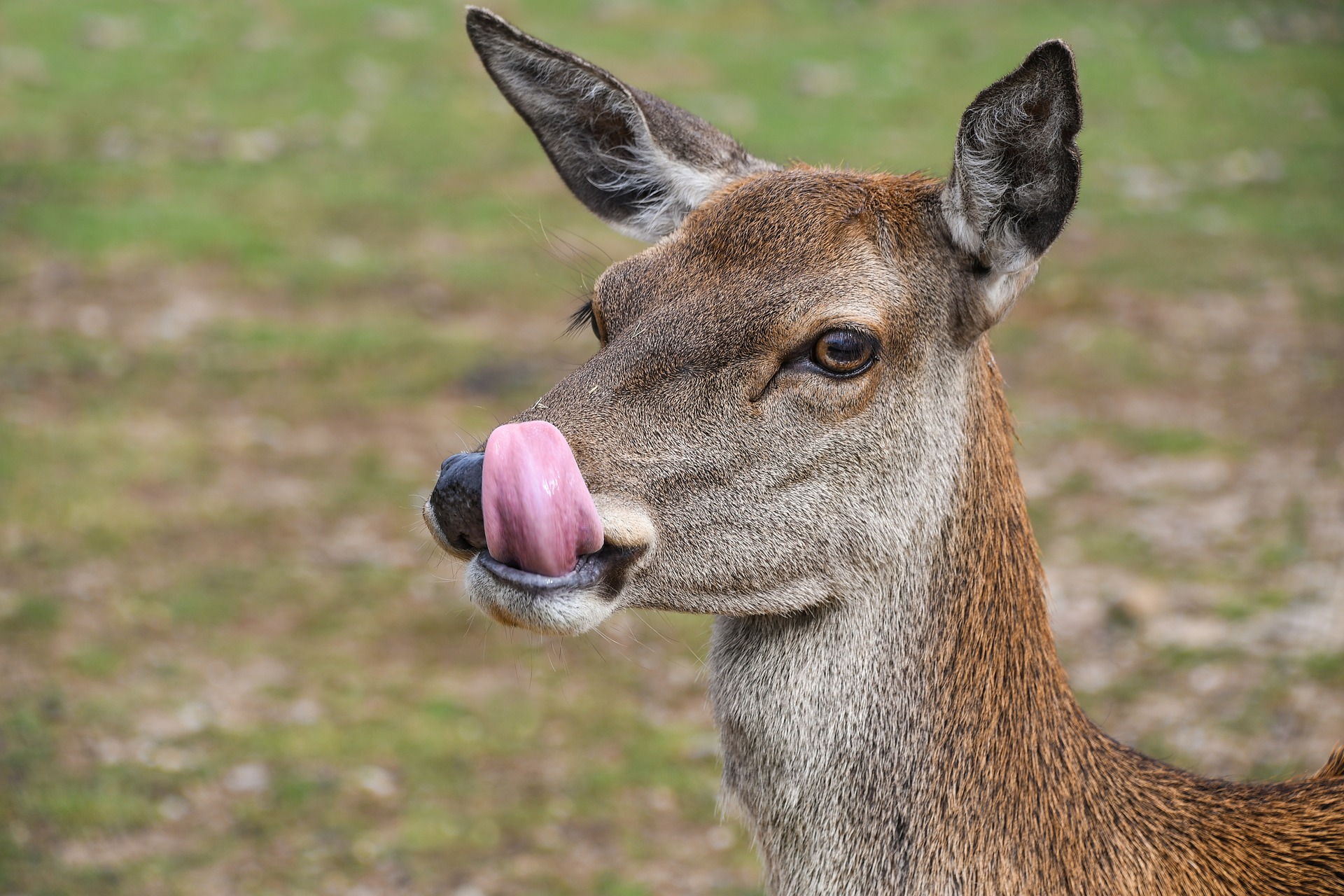Implement a Deer Management Plan In 2018
Posted by Jennifer Smith on 21st Dec 2017
Season after season, year after year, you witness the same occurrence: you proudly grow a garden; but in the blink of an eye, it's taken from you by deer, rabbits, squirrels and birds. You ask yourself "What am I doing wrong?" If a deer fence is not on your perimeter, you need to implement deer management now. Make garden protection part of your New Years Resolution for 2018.
A garden fence, really, that's your answer to deer eating my flowerbed? Tried and proven, a deer fence is the most

effective means for deer control; and the experts back us up declaring that deer fence is needed for tick control. According to NCBI, the use of a deer fence can reduce the risk of Lyme Disease by 97 percent - just by building deer fence on properties! What we're saying is: Deer Fence = Garden Protection + Tick Prevention. Sounds like a smart move for gardeners.
If you're wondering how to build a garden fence, it's really not that hard. All you need are a few helping hands and a weekend to build the garden fortress. The ideal height of deer fence is between 7.5' to 8' feet high. Deer have poor vertical vision; and although they can jump over 7' feet high, they won't attempt it if they don't know for certain what's on the other side.
In addition to installing garden fencing, gardeners can plant deer-resistant flowers and plants such as Verbana, Iris, Daffodils, Peppers, and Garlic. Deer cannot stand the taste and smell of these plants; and therefore, they will wander elsewhere in search of food. Planting thorny bushes also acts as a deer-proof barrier in the garden.
Using a combination of deer fence, deer repellents and deer-resistance plants will stop white-tailed deer from devouring your garden in 2018. It's time to start your deer management plan now.
